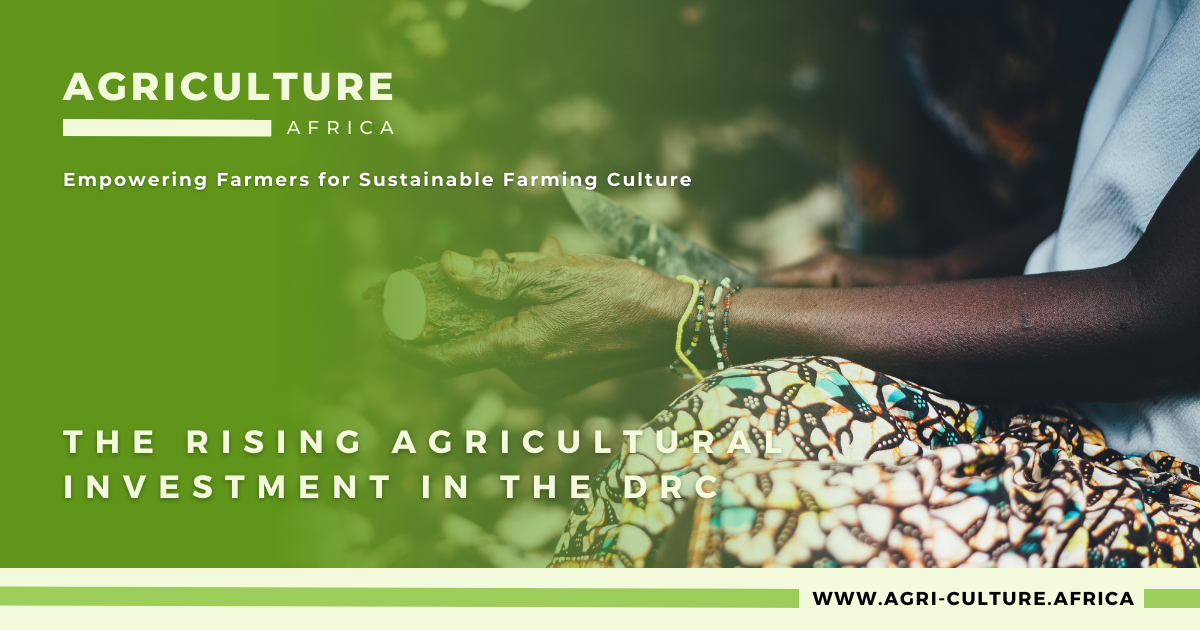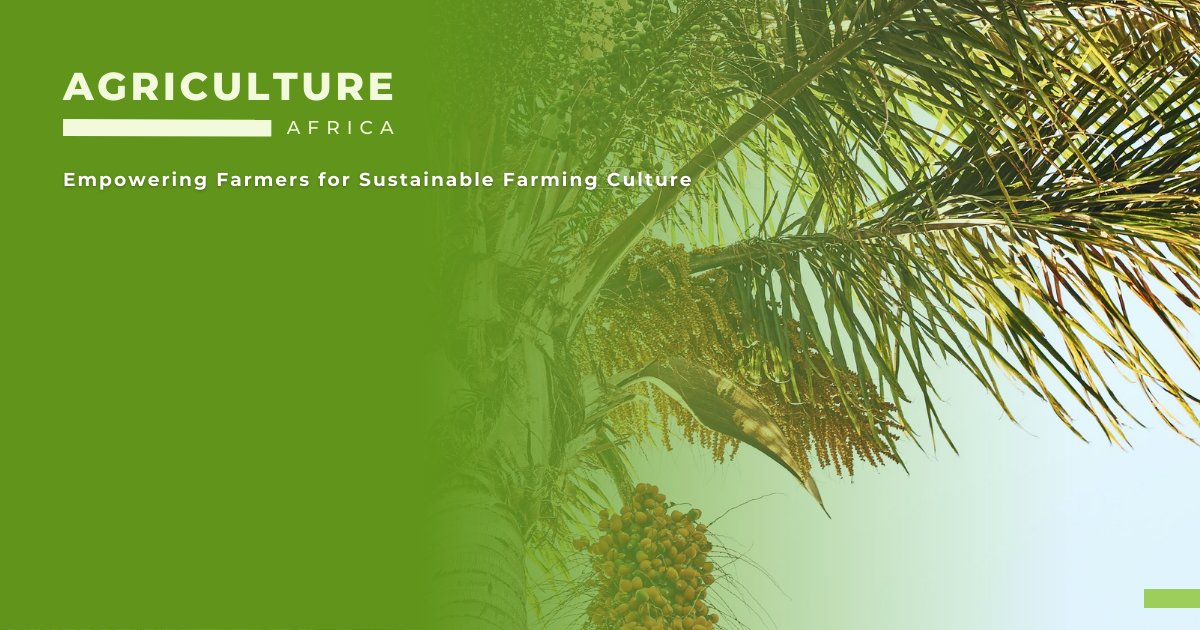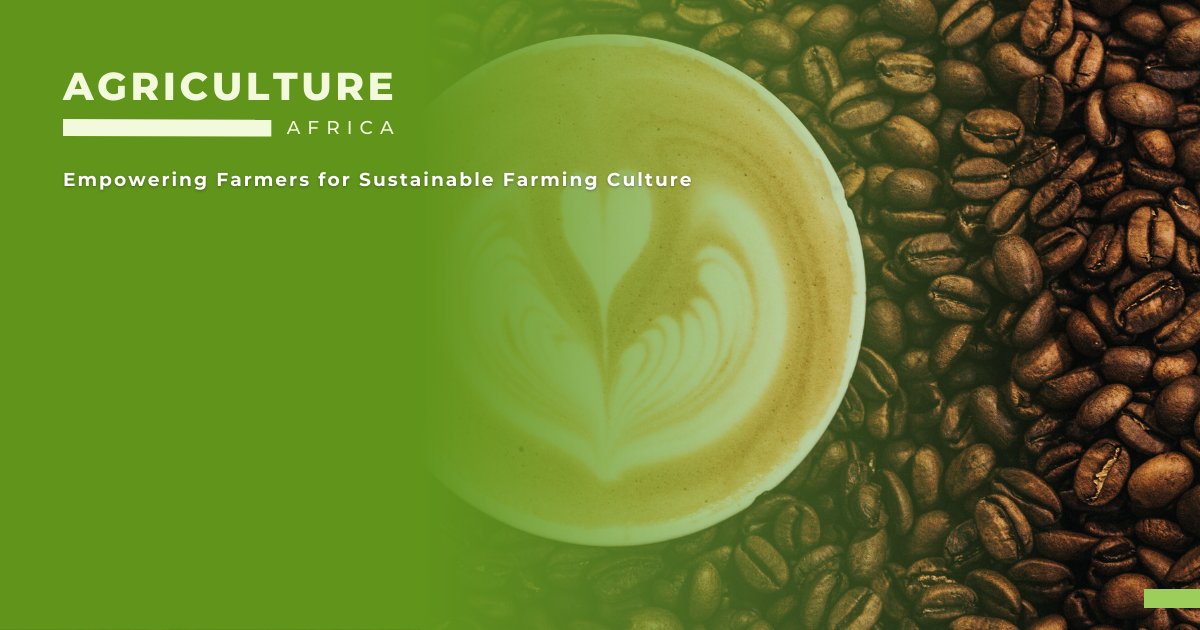
Empowering African Farmers for Sustainable Farming Culture
With a diverse range of opportunities available in agriculture and a rapidly growing middle class, the Democratic Republic of Congo presents immense potential for investors in the agricultural industry.
The Democratic Republic of the Congo (DRC) has long been regarded as a country with enormous untapped potential. The country has the potential to be a major player in the global economy due to its abundant natural resources and large population. Years of political insecurity and conflict, on the other hand, have hampered economic growth and development.
Despite these challenges, the DRC’s agricultural sector has been steadily growing in recent years, making it an appealing option for investors. Small-scale farming, sustainable agriculture, and the use of innovative technologies are just some of the opportunities available in the sector.
This article examines the reasons why now is the time to invest in a DRC agricultural company, as well as some of the additional information available on Agricultural Investment in the DRC.
The Democratic Republic of the Congo (DRC) has long been known for its mineral wealth, but the country’s agricultural sector is now attracting more entrepreneurs and investors. With a diverse range of crops and a growing middle class, the Democratic Republic of the Congo (DRC) provides a plethora of opportunities for those looking to invest in the sector. Furthermore, technological advancements and a greater emphasis on sustainable practices have created new opportunities for growth.
With the establishment of the African Continental Free Trade Zone (AfCFTA) in 2018, trading in Africa has become easier than ever. This will open up new markets for agricultural products and provide opportunities for export-oriented businesses. According to an African Development Bank report, AfCFTA could increase intra-African trade by 52.3% by 2022 and boost Africa’s income by $16.1 billion.
Furthermore, Africa’s middle class is rapidly expanding, implying a larger market for agricultural products. According to a World Data Lab report, Africa’s middle class is expected to grow from 355 million in 2017 to 1.1 billion by 2060. People are willing to pay more for higher-quality products as their incomes rise.
Across the continent, the use of technology in agriculture has been a game changer. The DRC has also identified technology as a key driver of agricultural transformation. Small-scale farmers in the country face numerous challenges, including limited access to inputs, markets, and credit. Agritech provides solutions to these issues, allowing small-scale farmers to boost productivity and efficiency.
Precision agriculture, which uses drones, GPS mapping, and other technologies to improve crop yields, is one area of innovation. This technology assists farmers in identifying areas of their land that require more water or fertilizer, allowing them to optimize their resource use. In the Democratic Republic of the Congo, for example, drones are being used to map cassava fields, resulting in a 30% increase in yield.
Another area of agritech innovation is mobile apps that provide farmers with real-time market information, weather forecasts, and other useful data. These apps help farmers make informed decisions about when to plant, harvest, and sell their crops. One such app is Esoko, which is used by farmers in 10 African countries, including the DRC.
Small-scale farming remains the most common form of agriculture in the DRC, employing an estimated 80% of the population. Despite this, small-scale farmers face numerous challenges, including limited access to inputs, markets, and credit. However, there is enormous investment potential in this sector, with the potential to provide small-scale farmers with the resources they require to increase productivity and efficiency.
Cooperatives, which allow farmers to pool their resources and negotiate better prices for their produce, are one way to help small-scale farmers. The government of the Democratic Republic of the Congo (DRC) has also launched programs to assist small-scale farmers, such as the National Agriculture Investment Plan (NAIP), which aims to improve agricultural productivity and promote sustainable practices.

Sustainable agriculture is gaining traction in the Democratic Republic of the Congo, with an increased emphasis on environmentally friendly practices. Farmers are turning to practices like crop rotation, natural animal grazing, and permaculture to reduce agriculture’s environmental impact.
Businesses can benefit greatly from investments in sustainable agriculture. Companies that provide sustainable services to agricultural enterprises, or that are agricultural themselves and use sustainable practices, will grow in importance.
In the Democratic Republic of the Congo, urban agriculture is also expanding as Congolese citizens seek to solve the problem of distributing food and growing it where it is most needed. Growing plants without soil, known as hydroponic cultivation, is also gaining popularity.
According to the Food and Agriculture Organization (FAO), agriculture accounts for about 14% of global greenhouse gas emissions. Adopting sustainable agriculture practices can help reduce these emissions. Furthermore, sustainable agriculture practices can also help reduce land degradation, which is a major concern in DRC. DRC has been ranked among the countries with the highest rate of deforestation globally, with forest cover decreasing by about 2 million hectares per year.
For More Information on the Website Visit {Link]

Your donation fuels change! Help Agriculture Culture in Africa empower farmers with resources, training, and access to innovation. Together, we can revolutionize African agriculture.
Empowering Sustainable Growth and Innovation in African Agriculture
Sign up to our newsletter